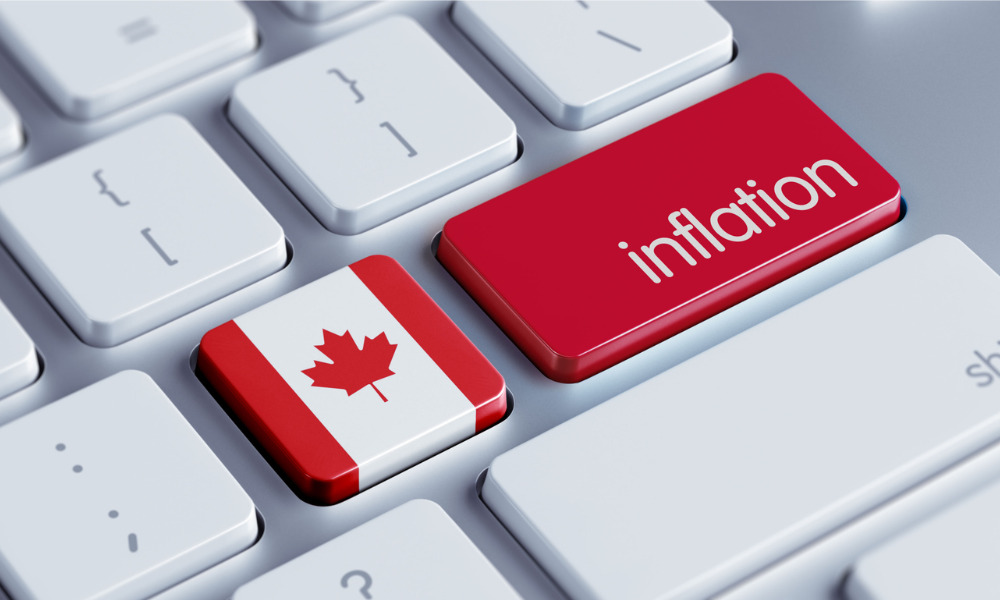CIBC weighs in on what would limit further inflationary pressures

Taking the current economic environment into account, ensuring higher economic productivity will be a “straightforward” way to limit further inflationary pressures, according to Katherine Judge of CIBC Capital Markets.
“Canada’s underperformance in productivity has worsened since the onset of the pandemic, with the impressive pace of employment growth not having been matched by gains in GDP, which is working to amplify inflationary pressures through higher unit labour costs,” Judge said.
This is compounded by the fact that Canadian firms tend to be less capital intensive, and don’t generally benefit from returns to scale that American companies do.
Boosting this metric has the benefit of avoiding the negative impacts of even higher interest rates, “which are currently heading to levels that will stall growth on both sides of the border over the remainder of the year,” Judge warned.
“Looking into the industry level data, we see reason to expect a rebound in productivity in some sectors, which will work to aid the Bank of Canada’s efforts to get inflation back to target.”
In particular, retail trade and financial activities are likely to pick up the slack in the near term.
“In the former industry, Canada maintains a lower share of online sales within total retail sales, and the US has magnified its reliance on online retailing more than Canada during the pandemic, but Canada has seen a faster recovery in retail trade output,” Judge said.
And while Canadian productivity growth has been historically seen through the lens of the goods sectors, “Canada generally hasn’t done as poorly as the US in these sub-sectors in terms of productivity since the pandemic began,” Judge outlined.
Still, “with cyclical goods sectors poised to slow with higher interest rates, a rebound in services productivity could aid the Bank of Canada in cooling inflation.”



